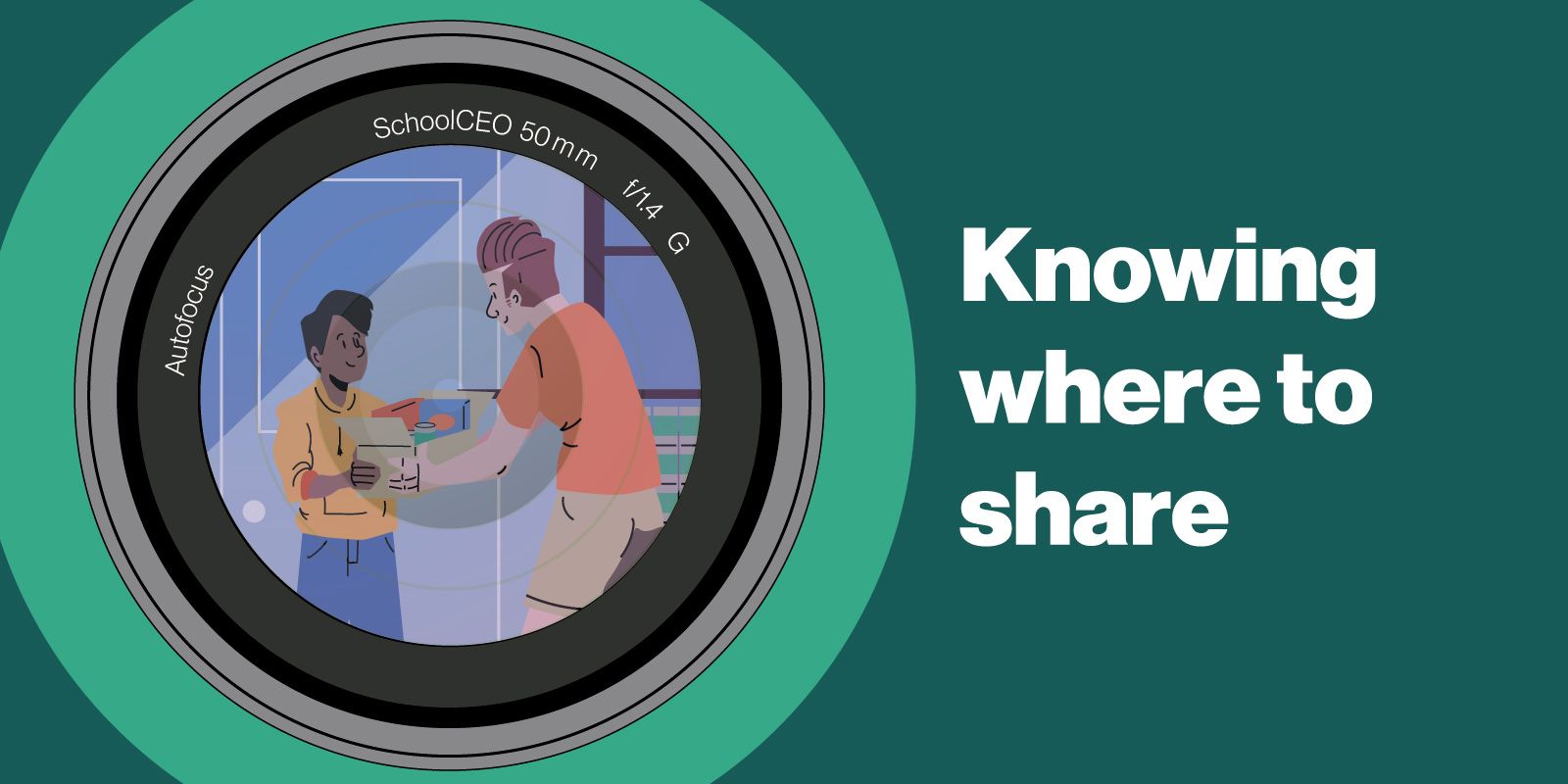Video 101: Knowing where to share
Once you have created videos that tell your school story, how do you make sure your audience sees them?

Video is here to stay. And when it comes to sharing the videos you create, the obvious choice, of course, is social media. It’s not a bad option, either—posting to social media meets parents, students, and community members where they already are. According to research from TechCrunch, Facebook garners over 8 billion video views per day, and last year, AdWeek discovered that Facebook Watch receives 75 million visitors every day, most of whom stay for 20 minutes or more. If you already have a steady following on your Facebook page, you’ll want to include video in your social media strategy—while also keeping the platform’s downsides in mind.
“Sometimes things on Facebook or on other social channels are a little bit more fleeting,” says Kristen Bryant, former head of Strategic Partnerships for video-software company, Wistia. As your videos disappear down your feed, they can become harder to find—plus, she points out, who knows whether Facebook will be around forever? On the other hand, “you have full control over how you want your district’s website to grow over time.” Social media video is still a great tool for building brand awareness, one you should definitely utilize—but you’ll probably want the bulk of your video to live on your own site.
What about a district YouTube channel, you might ask? Well, a YouTube presence will certainly make it easier for people to discover your content. The site has more than 2 billion users—that’s about one-third of the internet. For some districts, YouTube has presented an opportunity to grow a strong following. In Colorado, Jeffco Public Schools’ channel, JPS-TV, even won the district an Emmy.
Jeffco Public Schools in Colorado has an Emmy-winning YouTube Channel.
But there’s a potential catch: “YouTube wants people to stay on YouTube,” says Bryant. “People are going to get lost on YouTube and see other things that are way more related to their interests and their search history than the topics you want to address.” Ultimately, “you want people back on your website”—not lost down a rabbit hole.
A platform like Wistia, on the other hand, allows you to embed videos directly onto your site, giving you the chance to build affinity for your own district brand. You won’t have to worry about moderating Facebook comments, keeping videos from drifting down your Twitter feed, or losing viewers to their YouTube recommendations. You’ll even be building your website’s search volume, which will boost your search engine optimization (SEO) results.
Following a multichannel approach, you may want to include videos on your website, on social media, and on YouTube. Just know the pros and cons of each platform, and decide what will work best for you.

SchoolCEO is free for K-12 school leaders. Subscribe below to stay connected with us!


